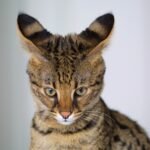As the world witnesses rapid urbanization, the once formidable distances between human settlements and the natural habitats of wildlife are shrinking. This encroachment poses significant challenges to many species, including the majestic big cats. From the dense jungles of Asia to the sprawling savannahs of Africa, these apex predators find themselves closer to human society than ever. Yet, what’s astounding is their ability to adapt to these changes. But how exactly have big cats managed to survive and, in some cases, thrive in the face of urban encroachment? In this article, we explore the incredible adaptations of big cats navigating an increasingly urbanized landscape.
Understanding Urban Encroachment

Urban encroachment refers to the gradual expansion of human developments into natural habitats. This results in fragmented landscapes, offering fewer resources and greater threats to wildlife. For big cats, whose territories can span hundreds of square kilometers, this encroachment can drastically disrupt their life patterns.
Adjusting Hunting Techniques
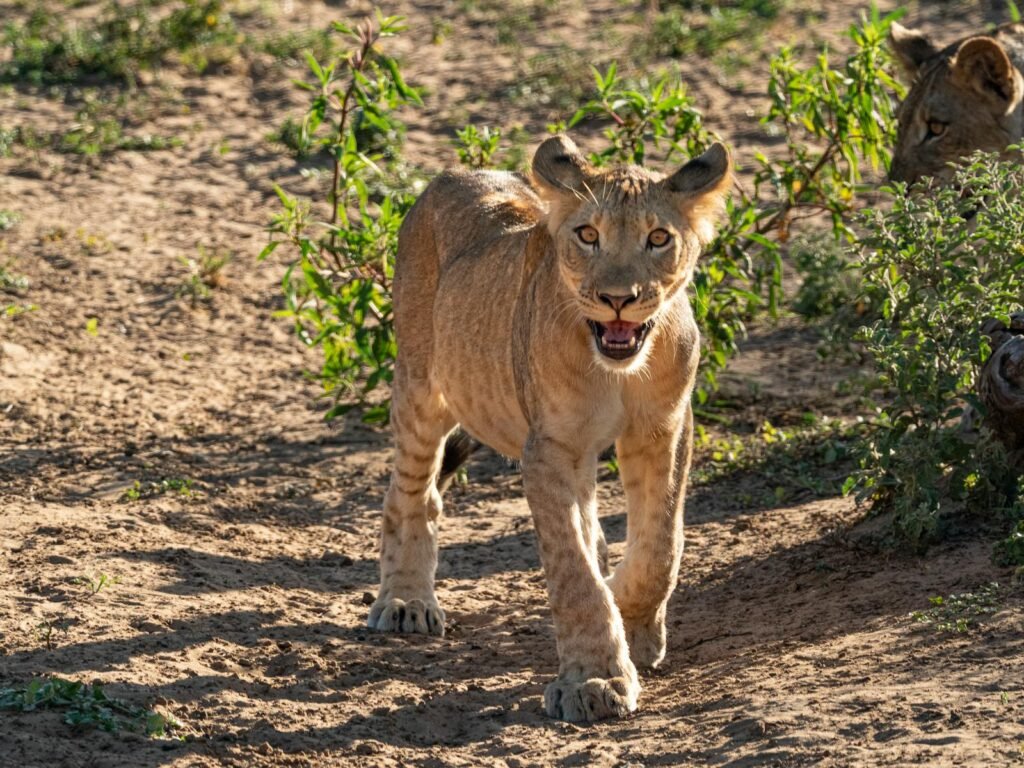
Big cats like leopards have shown remarkable flexibility in their hunting strategies when living closer to urban areas. While they naturally hunt larger prey in the wild, near urban regions, they might shift to smaller animals such as rodents or even pets. This adaptability in diet reflects not only their survival instincts but also their ability to exploit new niches.
Changes in Activity Patterns
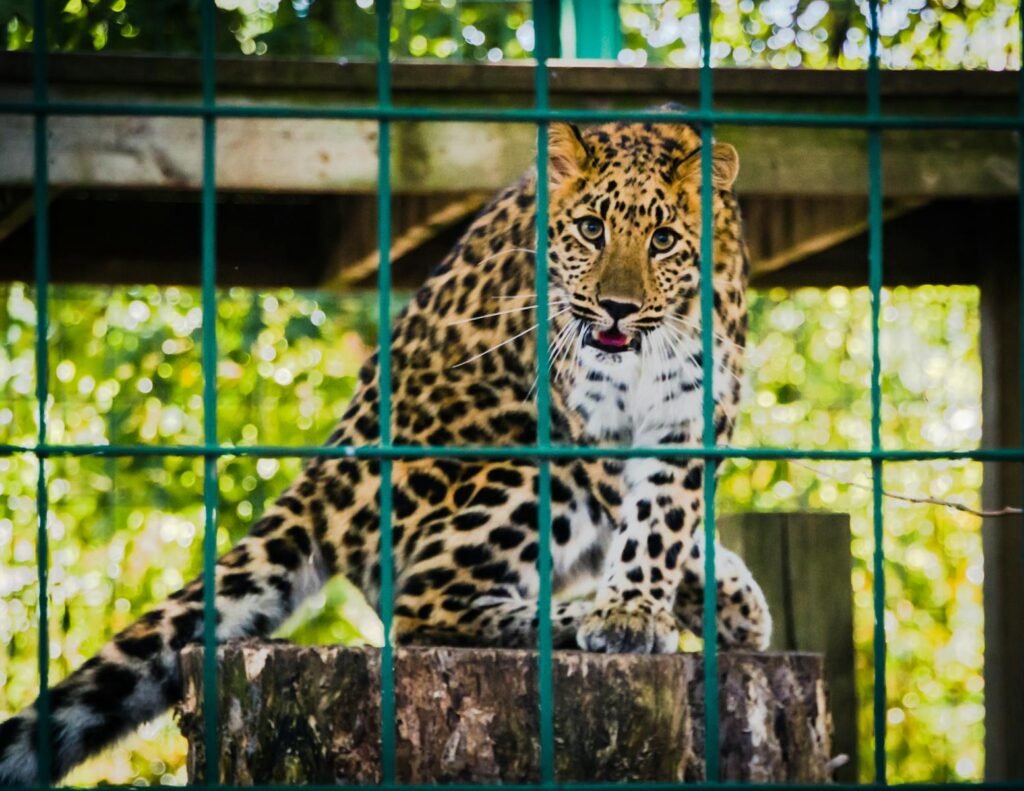
To avoid human interaction, many big cats have become nocturnal, taking advantage of the cover of night to navigate urban fringes more safely. This shift ensures they can continue necessary activities such as hunting without encountering humans, thus minimizing potential conflicts.
The Use of Urban Green Spaces

Urban landscapes are often interspersed with parks, golf courses, and undeveloped land that can provide refuge for big cats. These green spaces offer crucial stopover points where they can find shelter and, sometimes, food, helping them traverse or even integrate into urban environments more effectively.
Behavioral Plasticity
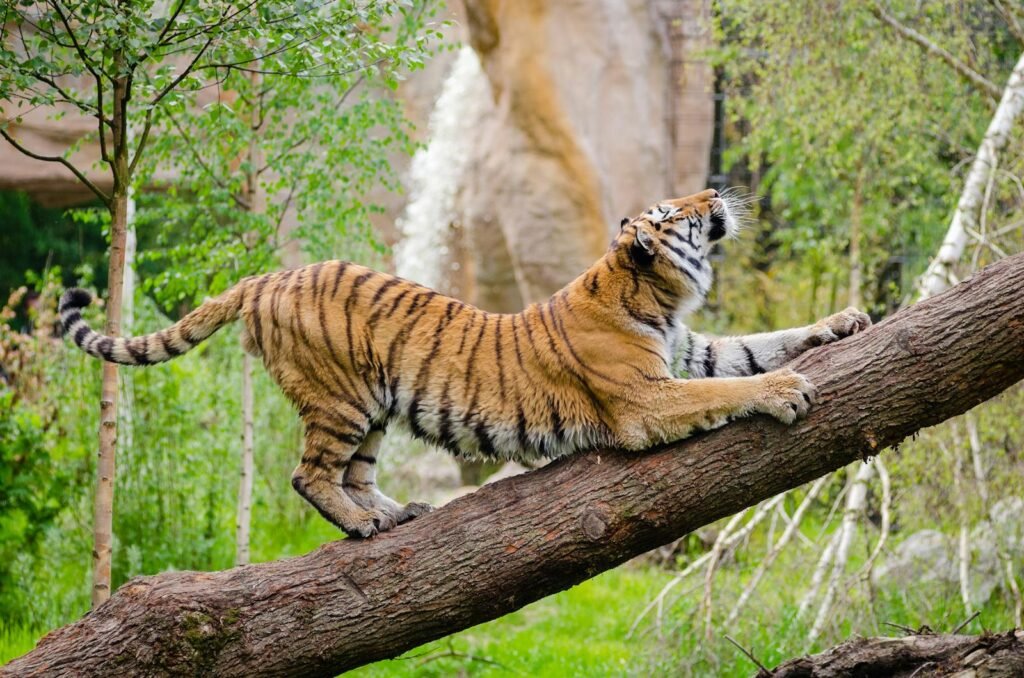
Big cats exhibit a high degree of behavioral plasticity, enabling them to learn and adapt to the urban environment. This can include recognizing new threats such as traffic or learning to navigate obstacles that weren’t present in their natural habitats, like fences and buildings.
Territory Overlap with Humans
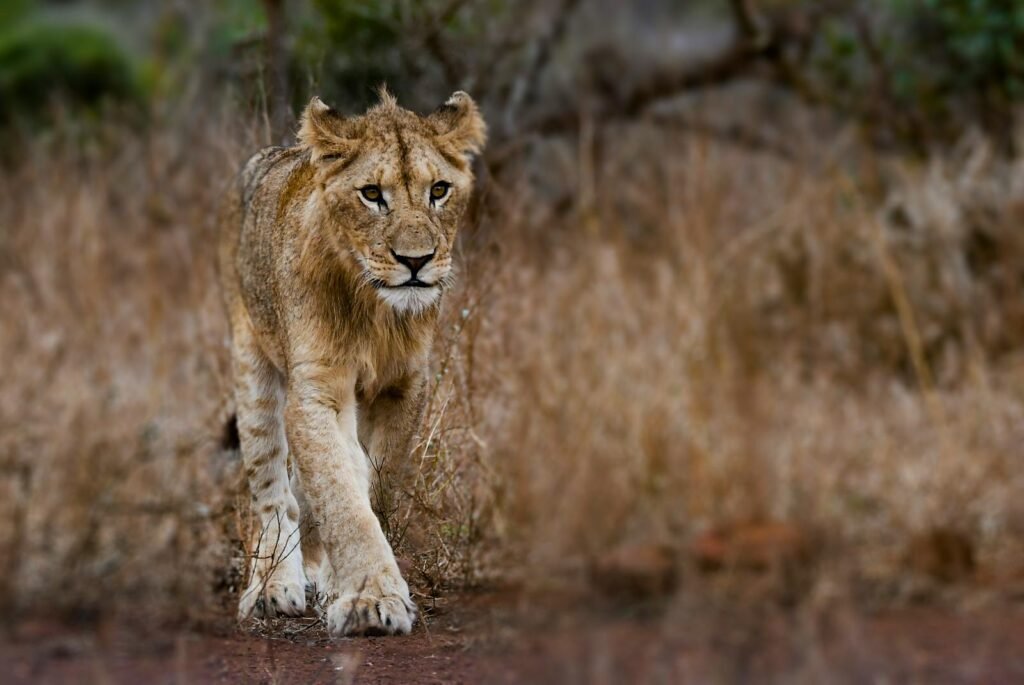
Often, big cats modify their territorial boundaries to circumvent densely populated areas. This means expanding their range elsewhere or concentrating their activities in less disturbed parts of their territory. This strategic resizing helps in coexisting, albeit with challenges, alongside urban sprawl.
Conservation Efforts and Community Involvement
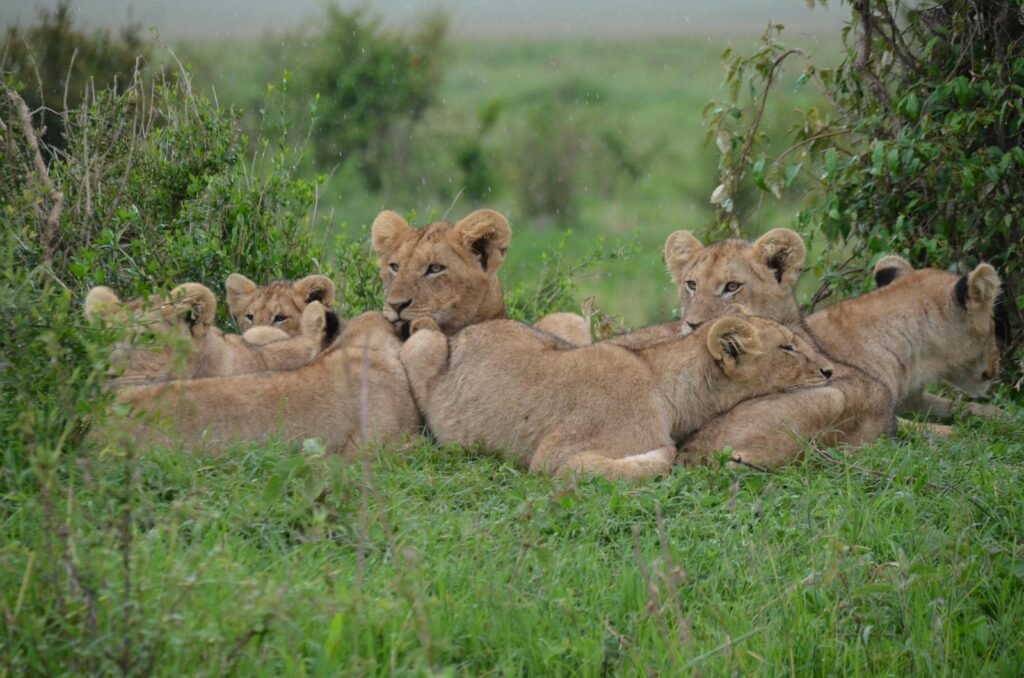
Alongside natural adaptations, conservation efforts are crucial in facilitating big cats’ survival amidst urban encroachment. Wildlife corridors, community education programs, and conflict mitigation strategies play pivotal roles in reducing human-cat conflicts and promoting coexistence.
The Role of Technology
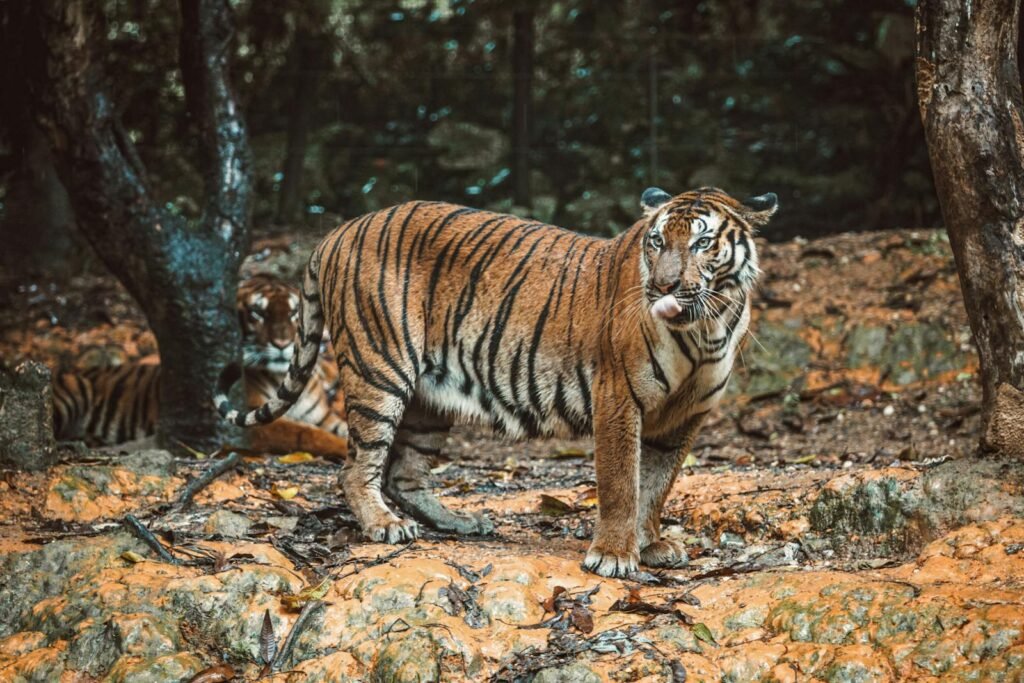
Technology, too, has a role to play in the adaptation of big cats. GPS collars, for example, provide conservationists with data on movement patterns, helping to inform strategies that protect both human communities and wildlife. Understanding these patterns can lead to better urban planning and wildlife management practices.
The Importance of Prey Availability
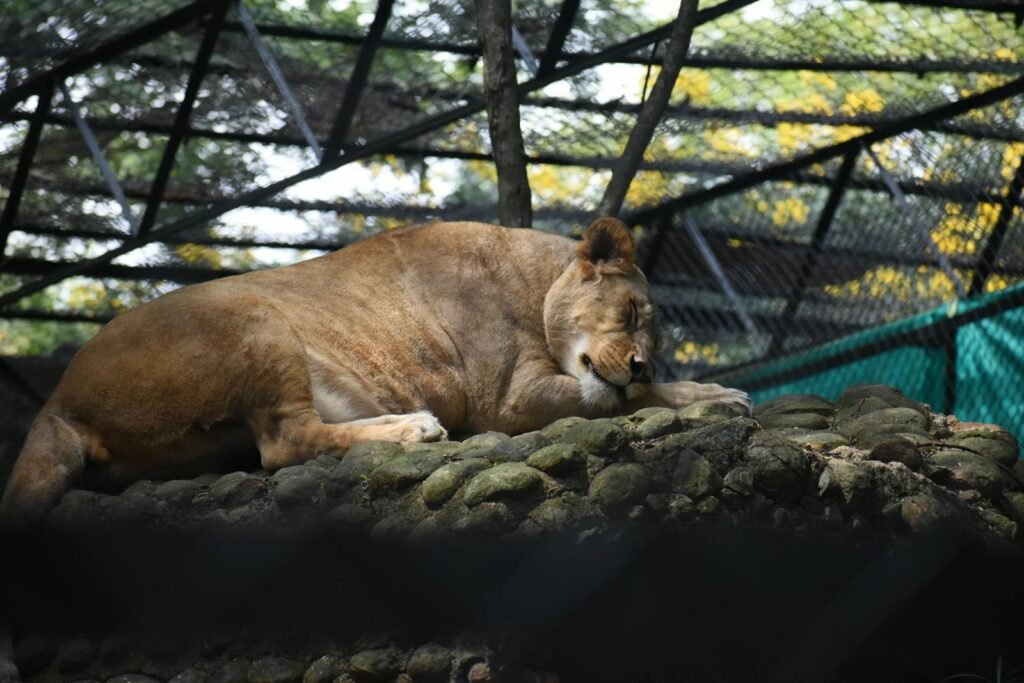
One major factor dictating the success of big cats in urban settings is prey availability. Conservationists often monitor prey populations to ensure big cats can sustain themselves. The presence or absence of adequate prey can determine whether big cats venture closer to human settlements in search of food.
Human-Wildlife Conflict Mitigation Strategies
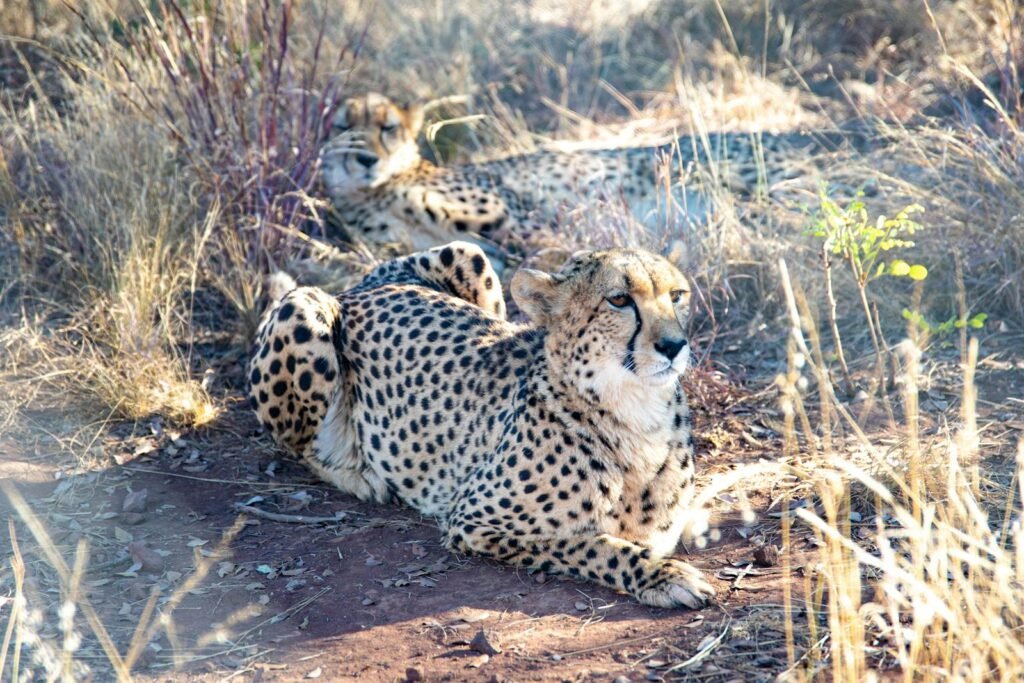
Efforts to mitigate human-wildlife conflict include creating better livestock husbandry techniques, reinforcing fences, and setting up early warning systems to alert communities of nearby big cats, all of which help prevent unnecessary harm to both humans and animals.
Shifts in Reproductive Strategies

Some big cats might experience changes in reproductive behaviors due to stress and resource availability influenced by urban encroachment. Understanding these adaptations is pivotal in ensuring their long-term conservation and management.
Learning from Past Encroachments
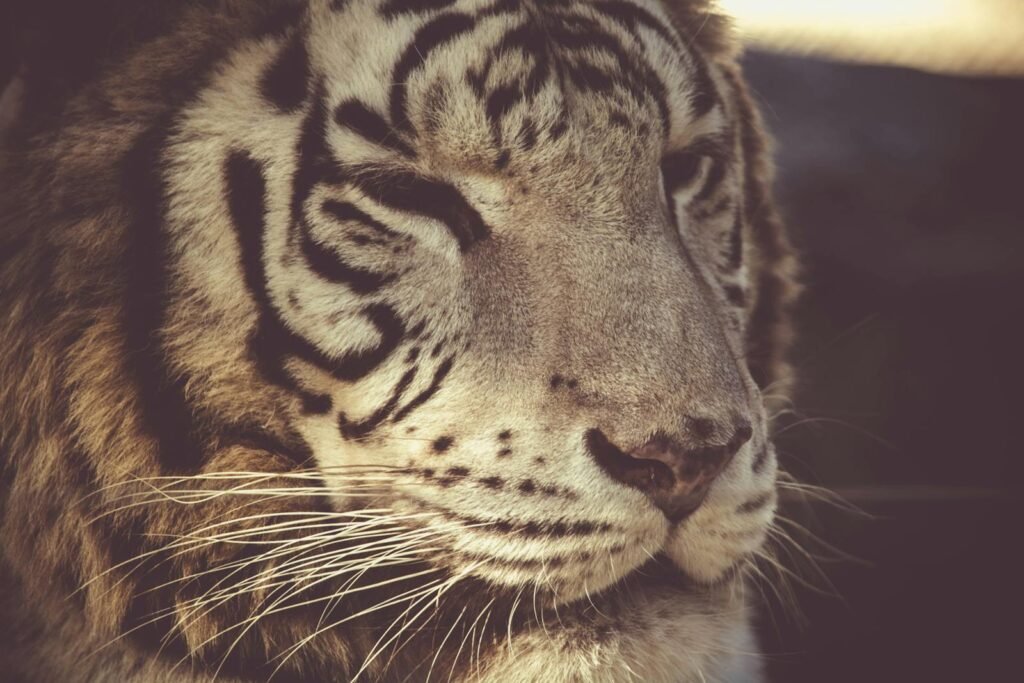
Lessons from past instances of urban encroachment highlight the importance of maintaining ecological buffers and corridors to help big cats and other wildlife migrate safely across fragmented landscapes, thus reducing the impact of urban growth.
Conclusion
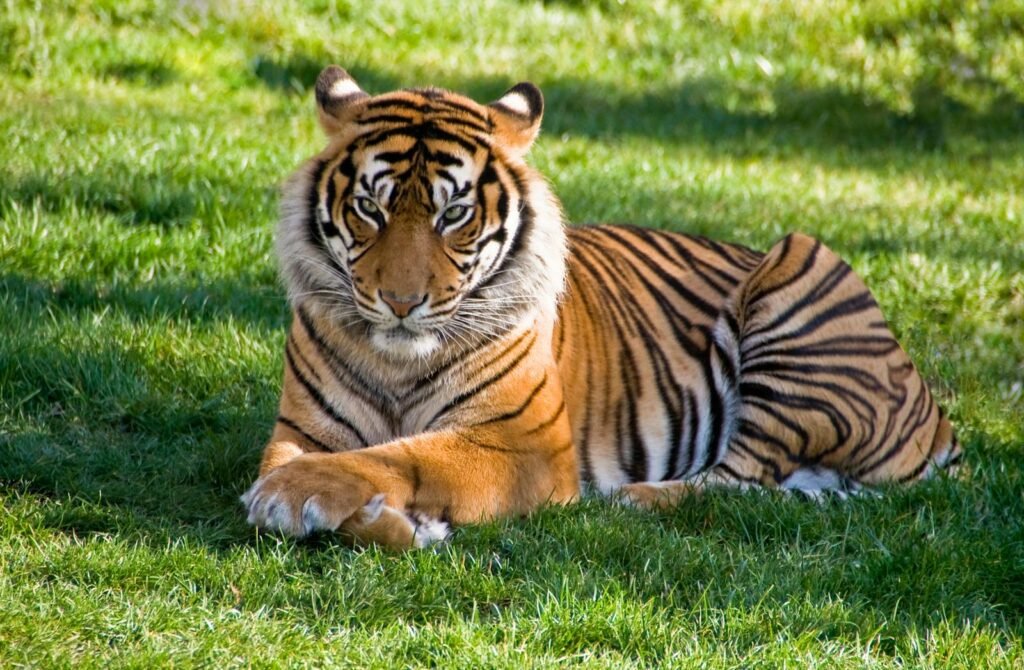
The adaptability of big cats to urban encroachment speaks volumes about their resilience and ecological value. While these majestic creatures have demonstrated an impressive capacity for change, their survival is intricately linked with human actions. As stewards of the planet, it is imperative that we foster coexistence by supporting conservation initiatives, fostering awareness, and promoting sustainable urban planning. Through these efforts, there remains hope for a harmonious balance between urban development and the natural world, ensuring that these awe-inspiring predators continue to roam the earth for generations to come.

Suhail Ahmed is a passionate digital professional and nature enthusiast with over 8 years of experience in content strategy, SEO, web development, and digital operations. Alongside his freelance journey, Suhail actively contributes to nature and wildlife platforms like Feline Fam, where he channels his curiosity for the Feline into engaging, educational storytelling.
With a strong background in managing digital ecosystems — from ecommerce stores and WordPress websites to social media and automation — Suhail merges technical precision with creative insight. His content reflects a rare balance: SEO-friendly yet deeply human, data-informed yet emotionally resonant.
Driven by a love for discovery and storytelling, Suhail believes in using digital platforms to amplify causes that matter — especially those protecting Earth’s biodiversity and inspiring sustainable living. Whether he’s managing online projects or crafting wildlife content, his goal remains the same: to inform, inspire, and leave a positive digital footprint.





